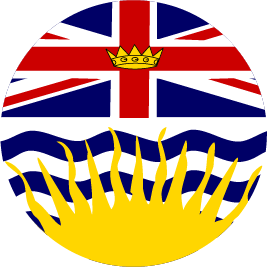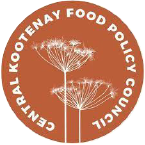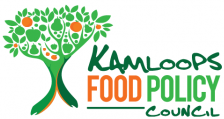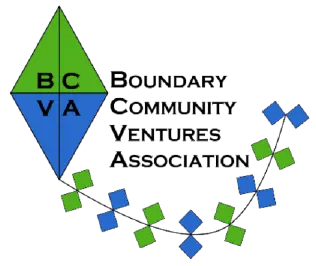
British Columbia’s geography, marked by its vast mountains, lush valleys, and extensive coastline, presents distinct opportunities and challenges for food production and transportation. This diverse terrain allows for a variety of agricultural products, from coastal seafood to valley-grown fruits and grains, enhancing the region’s food market diversity. However, these same geographic features can complicate logistics, as navigating through mountainous areas and across islands adds complexity to transportation.
Efficiency is paramount in overcoming these challenges. Innovations in logistics, such as route optimization and technology-driven supply management, are essential in reducing transportation costs and time. Collaboration across stakeholders, including producers, retailers, and transporters, is crucial in forming an integrated supply network.
Supporting local producers becomes more than just an economic incentive; it’s a logistical strategy to minimize the environmental impact of transportation and strengthen the local economy. By embracing its geographic uniqueness, British Columbia can develop a sustainable, efficient food supply chain that supports its diverse communities and landscapes.
There are currently 3 regional models, covering a large area of Southern BC. Each regional model is made possible by the organizations listed below. If you would like to see your region added to the platform, get in touch! Email, support@trugis.ca or use the request form below.
All Regions Model: Provides an overview of the entire data set, ideal for large-scale planning and diagnostics.
Regional Models: Offer a detailed view of supply chain activities starting or ending in a specific food region. These models are particularly useful for region-specific initiatives and planning. They enable a more thorough understanding of the unique supply chain characteristics unique to each region.


